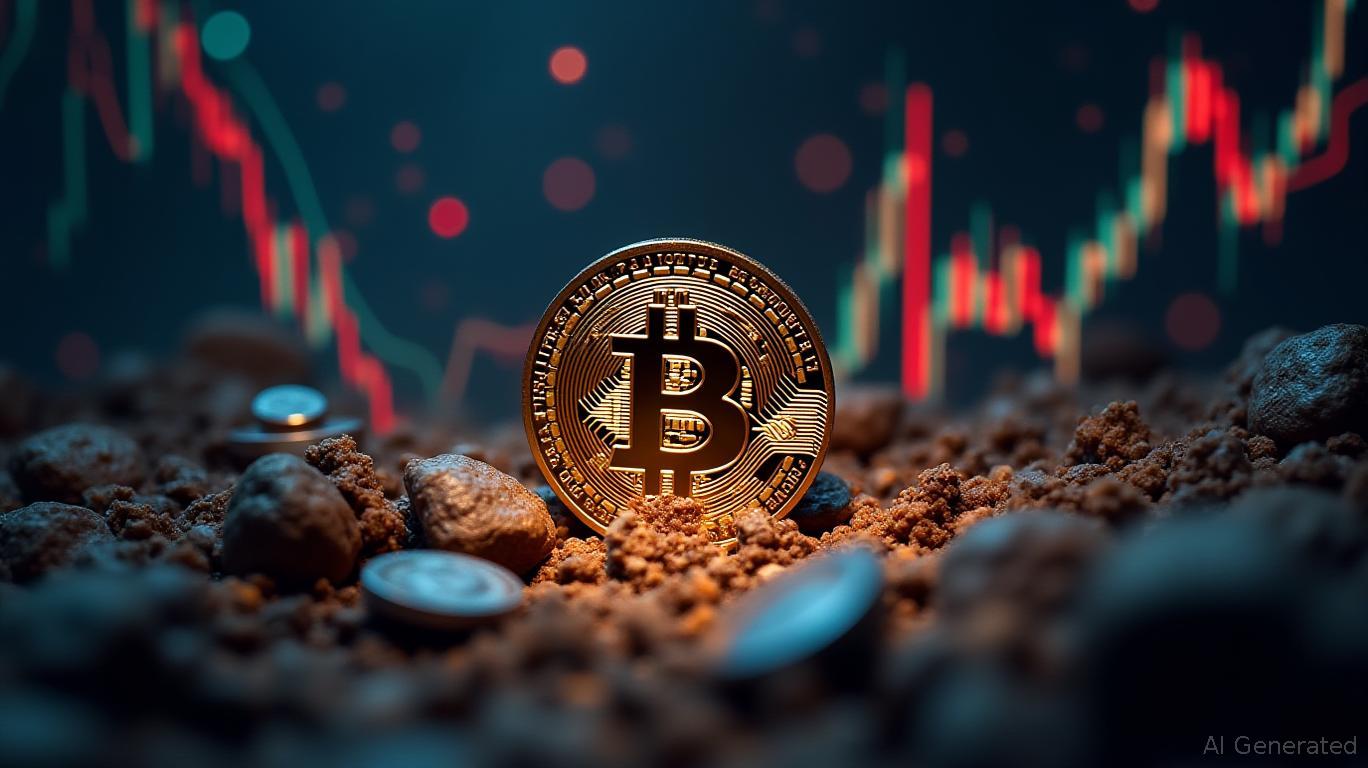USDC Treasury Burns Over 50 Million Tokens on Ethereum
- USDC Treasury burns over 50 million tokens.
- No measurable DeFi liquidity impact.
- Maintains $1 peg amid regulatory demands.
The USDC Treasury recently burned over 50 million USDC tokens on Ethereum, aligning with its supply management efforts to maintain a $1 peg. This action saw no measurable negative impact on DeFi liquidity or major cryptocurrencies.
Points Cover In This Article:
ToggleUSDC Treasury recently burned more than 50 million USDC tokens on Ethereum . Whale Alert confirmed the action as part of USDC’s supply management strategy .
The Significant USDC Token Burn
The USDC Treasury, managed by Circle Internet Financial, executed a large-scale burn of over 50.24 million USDC on Ethereum. Such burn events are routine, evident from past actions involving 60M and 95.5M USDC. The move was characterized as part of a supply management strategy to maintain the $1 peg and align with regulatory expectations.
Dante Disparte, Chief Strategy Officer, Circle, stated, “Effective supply management through systematic burns aligns with our commitment to regulatory compliance and market confidence.”
Market Impact and Future Outlook
The immediate effects of this treasury action showed no significant impact on DeFi liquidity or Total Value Locked (TVL). Ethereum remains the primary blockchain for USDC settlements, whereas no direct impact on BTC or other major cryptocurrencies has been noted. The USDC tokens are destroyed as part of redemptions, keeping the supply neutral to demand dynamics.
Experts anticipate these actions to maintain stablecoin stability amid regulatory shifts, with transparency continuing to guide public sentiment. Ethereum’s role as a dominant USDC settlement layer strengthens its market position, reflecting consistent transaction frameworks. Detailed data analysis supports these operations, ensuring systemic stability.
A Look at Historical Trends
Historical trends indicate USDC’s routine burn operations as a standard mechanism to manage token supply. Future regulatory environments may enhance transparency, thus encouraging similar robust supply adjustments. These actions are supported by public blockchain data, with no fresh public statements from Circle leadership regarding the specific event.
Disclaimer: The content of this article solely reflects the author's opinion and does not represent the platform in any capacity. This article is not intended to serve as a reference for making investment decisions.
You may also like
Bitcoin Updates: Onchain Activity and Miner Expansion Face Off Against ETF Withdrawals and Federal Reserve Uncertainty
- Bitcoin's onchain inflows pushed realized cap above $1.1T, but ETF outflows and Fed uncertainty hinder recovery. - October saw $19B crypto crash, with ETFs like Fidelity's FBTC recording $164M outflows amid rate cut fears. - Miners expand operations with $314M ASIC purchases, signaling long-term bullishness despite short-term volatility. - Analysts remain cautiously optimistic about Bitcoin's future if ETF demand resumes and macroeconomic stability returns.

Ethereum Updates Today: Institutional Magic: Ethereum’s $13 Billion Reserve Stands Strong Against Market Fluctuations
- Michael Saylor and Tom Lee drive Ethereum's institutional adoption, with BitMine holding 3.34M ETH ($13.2B) as the largest treasury. - BitMine's $113M ETH purchase via Galaxy Digital aims to reach 5% of Ethereum's supply, following a $29.28M buy in November. - Saylor's Strategy Inc. (MSTR) holds 640,808 BTC ($23.2B gains) and predicts $150K Bitcoin by 2025 amid regulatory progress. - Despite 13% Ethereum price drop in October, institutional confidence persists through OTC buying strategies and treasury m

The End of Crypto’s “Pump-and-Dump” Era? How Milk Mocha Rebuilt the Presale for the Community

Zcash’s privacy-focused protocol sparks changes in the market while lawmakers discuss regulations on data privacy.
- Zcash (ZEC) surges 400% amid ECC's Q4 2025 roadmap, surpassing Monero in market cap. - Privacy upgrades like Orchard protocol and P2SH multisig aim to enhance shielded transactions (27.5% of supply). - Institutional adoption (Grayscale's $85M ZEC fund) and infrastructure improvements drive demand for censorship-resistant assets. - Technical indicators suggest $500 potential if $380–$400 resistance breaks, but regulatory risks and Monero's darknet dominance persist. - ECC's "viewing keys" strategy seeks r
